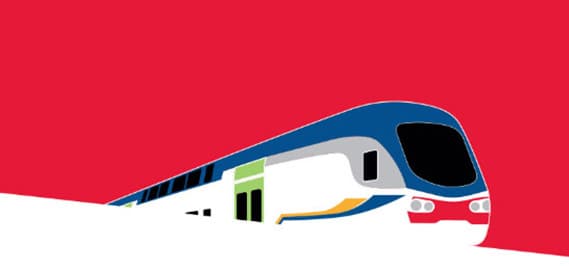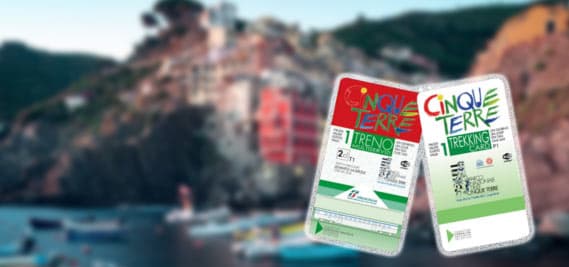As mentioned in a
previous post, my advice is to ditch the car
before arriving to the Cinque Terre. But for those of you that absolutely, positively must arrive to the Cinque Terre with your vehicle it’s important that you know a few rules of thumb:
- In Italy, you are more likely to receive a parking ticket rather than a moving violation ticket. Driving in Italy is mayhem. It actually took me a few years to work up the courage to drive in the cities here (driving on rural roads or the autostrada aren’t nearly as bad). What surprised the heck out of me are the amount of moving violations that are committed on Italian roads all.the.time. And multiple times I’ve seen these infractions committed right under the nose of Italian police officers (who didn’t bat an eye, let alone pull the offender over). However, be warned that once your car is parked it’s free game for parking tickets. Which leads me to my next point…
- If you are going to drive in Italy, brush up on Italian road signs before getting here. This is not the United States, or Australia, or the UK, or wherever else you might call home. While some signs are universal (like the STOP sign), not all are. Being able to properly read road signs is critical. Have a look at these, or even better, print off a hardcopy and bring it with you so you can brush up as needed.
- Just because you see other cars doing it, doesn’t really mean it’s okay for you to do it. You might see 20 cars parked near a sign that says parking is prohibited. My advice to you is to not risk it. Chances are you’ll come back to find all 20 cars with a telltale pink ticket stuck under their windshield wiper.
- When in doubt, ask. Yes, it can be a bit trying with language barriers and/or finding someone to ask. But that extra effort to simply double-check could save you a good chunk of money (and a headache to boot!).
The most common mistake I see here in the Cinque Terre is that visitors park in the resident-only parking (which will nab you a *gasp* €122 parking ticket!). 
When
you see this sign, BEWARE:

Here’s a key to reading this sign:
First, have a look at the symbol.
The circle with the red outline means “restricted vehicular access.”
This is further confirmed by
ZONA TRAFFICA LIMITATA (more commonly known amongst Italians as
ZTL) which means that it’s a traffic zone with restricted access.
0-24 means that the restriction is in effect 24 hours per day.
ECCETTO AUTORIZZATI means that the exception is for those that are authorized (in this case, those that have a residents pass that is displayed on the vehicle).
Rule of thumb: When you see a gated area, assume that you are not supposed to enter. This is your cue to read the nearby signage.

Here’s another example of an important sign, though this one a tad trickier:

The symbol means
pedestrian-only access and that is confirmed by the
AREA PEDONALE on the sign.
The cross on the sign represents Sundays and holidays and the time range next to it (0-24) refers to the time range that the area is pedestrian-only (in this case, all day on Sunday or the holiday in question). Vehicular access is not permitted on Sundays or holidays.
The symbol beneath the cross (two hammers crossed) represents working or weekdays.
Monday through Friday the area is pedestrian-only from 10:00 to 14:00 (10am to 2pm) and from 16:00 to 6:00 (4pm to 6am). Using backwards logic (bear with me), this can be interpreted as it is possible there will be vehicular access between 6am and 10am and between 2pm and 4pm.
On Saturdays, the area is pedestrian-only between the hours of 10:00 and 6:00 (10am and 6am), so between the hours of 6am and 10am restricted vehicular access is permitted.
Let’s see if you’re getting the hang of this:
 The large, square blue sign with large white “P” denotes parking spaces.
8-20
The large, square blue sign with large white “P” denotes parking spaces.
8-20 indicates a restriction during the hours specified (from 8:00 to 20:00 or from 8am to 8pm).
3 ore = 3 hours, so there is a 3 hour time limit from 8am to 8pm. Using backwards logic this means that there are no restrictions if you park there between 8pm and 8am.
The smaller blue square with the “P” and what looks like a bent piano keyboard is a symbol to represent that you must use your disco orario (the little manual spinning clock that will be mounted on your front windshield)
to indicate at what time you parked your car there. This is how the local police will guage whether or not you have exceeded the 3 hour limit. In case your car is not equipped with one of these clocks (most rental cars are), the next best thing is to write clearly on a piece of paper the time you parked the car (and display this piece of paper on the dashboard).
The double arrows indicate that information provided on the sign applies to the spaces on both sides of the sign.
IMPORTANT: Keep in mind the color coding for parking spaces in Italy.
 white = free parking (but have a look at signs to see if there are restrictions)
white = free parking (but have a look at signs to see if there are restrictions)
 yellow with a blue handicap symbol = handicap parking
yellow with a blue handicap symbol = handicap parking (a special placard must be displayed)
yellow without a handicap symbol =
either private parking or a loading/unloading zone (be sure to read the signage nearby)
 blue = payment parking
blue = payment parking
DISCLAIMER: The Cinque Terre villages are made up of three different
comuni (city halls): the
Comune di Riomaggiore (which encompasses Riomaggiore, Manarola, Volastra and Groppo), the
Comune di Vernazza (which encompasses Vernazza and Corniglia as well as other neighboring hamlets), and the
Comune di Monterosso (which encompasses Monterosso and neighboring hamlets). Each
comune has different penalties and fines for different parking infractions. The above ticket of €122 was issued in the
Comune di Riomaggiore for parking in the ZTL
.







